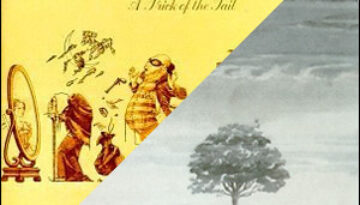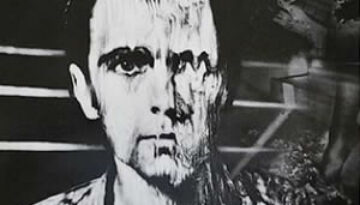Abacab by Genesis
Buy Abacab Genesis continued their incremental migration from prog to pop rock with their eleventh studio album, Abacab, released in 1981. The compositions here make heavy use of sequencers and studio techniques, combined […]

Buy Abacab Genesis continued their incremental migration from prog to pop rock with their eleventh studio album, Abacab, released in 1981. The compositions here make heavy use of sequencers and studio techniques, combined […]

Buy A Trick of the Tail Buy Wind & Wuthering We love Genesis here at Classic Rock Review. Although, this is certainly not evident by our treatment of the band so far in […]

Buy Peter Gabriel (1980) Peter Gabriel‘s third solo album was also the third to be officially eponymous, although this 1980 record has been given the unofficial title “Melt”. This album is credited as […]